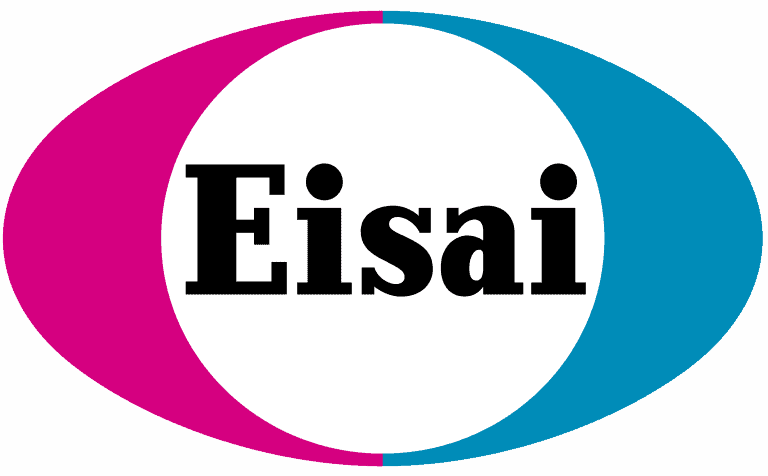Today’s blog post was created in collaboration with Tanya Brown, PhD the Science Director for TESS Research Foundation and was cross-posted to the Science Simplified Blog.
Have you ever wondered how to read a scientific paper?
Reading a scientific paper, also called a research article, is different from reading a newspaper article. It can be intimidating to know what you are looking at because there are so many parts. Scientists spend a long time training to write and read these articles and it is not always obvious what each part is for, that’s what this blog is for! After reading this blog, you should be equipped to understand the anatomy of a research article- a first step to interpreting the information communicated within. A following blog post will cover how to critically evaluate a scientific research paper.
Let’s take a look at a paper published earlier this year by Professor Scott Baraban and his team from the University of California, San Francisco. They published a research article that uses zebrafish to study epilepsy. We aren’t going to cover what the article means just yet, but rather use this as an example to break down the anatomy of a scientific paper.
When you open up a journal article, either in print or on the internet, there is a significant amount of information on the first page, as you can see here.

We will work through this page from top to bottom to explain what each section means.
Starting at the top, there are a few key pieces of information such as:
- The scientific journal name: The topic of the journal
- There are thousands of scientific journals. A general rule is that the name of the journal tells you a little bit about what it covers. Broad names like Communications Biology, Science, or Nature indicate that these journals cover a wide range of topics. The more specific the title, the more specific the type of article is included.
- Type of article: The kind of article
- Some of the common types of articles are:
- Research articles: describes new experiments and results
- Review: summarizes what is known about a specific topic
- Commentary: a comment on a newly published article
- Some of the common types of articles are:
- Digital Object Identifier (DOI): a permanent way to find the article
- Each DOI is unique, never changes, and provides each article with a permanent web address. This is similar to having an individual social security number.
- Here is the DOI from the article we are using in this blog: https://dx.doi.org/10.1038%2Fs42003-021-02221-y
- Access: Whether the article is free or requires payment to read
- Open access journals are free for everyone to access and read. Open access journals make sure everyone can access the content, helping to drive scientific progress. Other journals require readers to pay to read each article.
- Did you know that most journals require scientists to pay a publishing fee to have their article printed?

Continuing down the page, we get to some more key pieces of information.
- The Title: a description of the paper
The initial opportunity to let the reader know what the paper is focused on, the title may focus on the results the authors determined were most impactful.
- The Author List: the major contributors to the study and paper
- The order of author names often are related to the role of each author in the study, but this can differ a little depending on the type of research field. In general:
- The first author is usually the one who contributed the most to the study and/or writing of the paper.
- The middle authors contributed to the design, execution, or write-up of the study to varying degrees.
- The last author in the list is usually the group leader who oversaw the study.
- The corresponding author will have a listed email to which communications about the paper would be directed.
- The order of author names often are related to the role of each author in the study, but this can differ a little depending on the type of research field. In general:
- Some papers will list what the contributions of each author were at the end of the manuscript before the references. Authors also list the institutions they are affiliated with using superscript numbering or letters beside their name and the listing of institutions found below the author list or at the bottom of the title page.
- The Abstract or Summary: an overview of the paper and the conclusions
- This comes as the first part of the paper. It is useful to get an idea of what the paper will cover.

What about the rest of the paper?
Scientific articles are often very long and include a lot more information. After the title page, there are many different sections of each paper. While each journal has a specific format, most scientific articles include an introduction, methods section, results, and discussion section. Each section has a specific purpose, which helps the reader know what to expect, even when reading about different topics.

- The Introduction: provides background information that led to the current study
- The introduction sets the stage for the topic the paper will delve into. It generally includes some background on the topic and should highlight the critical outstanding questions that the study addressed. The authors also lay out the idea they are testing, also called a hypothesis.
- The Methods: description of the tools and techniques used to collect and analyze the data in the study
- The methods section is probably the most technical section of the paper with details of techniques, reagents, and analysis. Any data that is reported in the paper should have come from experimental methods that are described in this section.
- The information contained within the methods section should allow the reader to understand how the experiments were done with enough detail that another scientist could repeat them.
- The Results: description of the data that was collected and data analysis
- The results section is usually subdivided to show data for each conclusion that provides enough data to support a conclusion or point in relation to the overarching purpose of the study.
- The results section also contains figures and tables that include data represented in summary form, such as a graph or example image, to support the results that are begin reported in the text of the paper.
- Discussion/Conclusions: authors discuss the data in the results and what it means
- Generally the last section of the paper, the discussion or conclusion section summarizes the findings of the study and discusses the interpretations the authors had of those findings.
- The authors will relate these findings back to the context of the entire field of research and discuss how they fit in with, or possibly change the perception of, previous work. Sometimes the discussion section also includes a specific statement on limitations of the study that might impact how much weight is
- given to particular interpretations.
So far, we have covered the major components of a research article. Below are a few additional sections that are found at the end of a paper or as a separate section.
- Funding Sources, Acknowledgements and Disclosures: authors share logistical information
-
- These sections list out where funding support for the study came from, acknowledges contributions to the study (such as shared reagents or expert advice), and includes any particular disclosures from authors where conflicts of interest might be relevant.
- Supplemental Materials: extra information that is relevant to the paper
-
- Additional details of methods, data, or results that were not included in the main paper but that are relevant to the study. Supplemental materials usually need to be downloaded separately from the main paper and a link should be listed to access these sections on the journal website with the original article.
- References: list of articles, books, and materials
- A list of references of other papers or information sources that support information discussed in the manuscript.
Approaching a research article from a topic you are not familiar with can feel like a daunting task. At this point, you now have the tools to identify what the sections of the paper are and where different types of content are included. Next month, join us as we delve even deeper into how to decipher the information in a research article and critically evaluate the content.

Today’s blog was co-written by Tanya Brown, PhD. Tanya is the Scientific Director for TESS Research Foundation. She spent 12 years as a bench scientist studying developmental biology and developmental neuroscience. Tanya first realized her passion for science in the Pacific Northwest studying the impact of oil on cardiac development in fish at NOAA. She then received a National Science Foundation (NSF) Graduate Student Fellowship for her investigation of oligodendrocyte and myelin development. She completed her PhD in Cell Biology, Stem Cells, and Development from the University of Colorado and then received an NSF Fellowship for her post-doctoral research studying neuronal innervation of the skin. While investigating neural development, she also studied how university students best learn science. Overall, she has a passion to make science accessible and collaborative to drive research forward.






